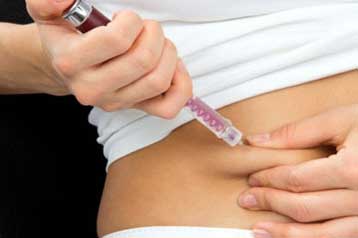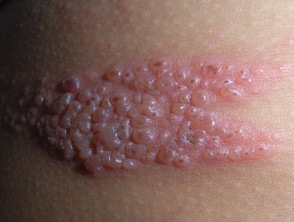Breast Reduction
Breast reduction, reduction mammoplasty.
WHY ARE LARGE BREASTS A PROBLEM?
Some women have problems with asymmetry (one breast much larger than the other) or have very heavy or pendulous breasts. Very large breasts can cause back ache, neck pain and irritation of the skin underneath the breast. It can be hard to find suitable clothes and comfortable bras, and certain sports can be difficult. For some women having large breasts can make them very self conscious.
WHO CAN HAVE REDUCTION SURGERY?
Any women with very large breasts that are problematic can be considered for a breast reduction. The size of a woman's breasts will largely be determined by genetics but it will also be influenced by fluctuations in weight, pregnancy, breast feeding and hormonal changes. For these reasons most surgeons advise that surgery is only undertaken when the woman's breasts have reached maturity (ie best not performed on young teenagers) and the patient maintains a stable weight. You may be asked to lose weight to achieve a healthy BMI (body mass index) before surgery is offered. Ideally surgery should be delayed until any planned family is complete but special cases can be considered.
WHAT IS INVOLVED IN THE OPERATION?
A breast reduction is usually performed under a general anaesthetic, takes between 2 and 4 hours and requires a 2 to 4 day stay in hospital. There are a number of different techniques that the surgeon can use. There may be a scar underneath the breast, one around the nipple or even a vertical scar running down from the nipple to join the scar underneath. The choice of operation will be determined by the size and shape of the breasts before surgery and the size that is desired afterwards. You should discuss the options and the exact position of the scars with your surgeon before the operation. Excess skin, fat and breast tissue is removed and the position of the nipple may be moved permanently.
Before the operation, depending on your age and fitness, you may have to undergo some simple health checks such as blood tests and a mammogram. The surgeon will also examine your breasts and draw guidelines with a marker pen before you are under the anaesthetic. If you decide on surgery you will be required to sign a consent form giving permission for the operation. This requires that you are aware of the risks and complications involved with the procedure. A
ARE THERE ANY COMPLICATIONS?
There are general risks associated with a general anaesthetic including chest infection and DVTs (clots in the veins of the legs). There are risks specific to breast surgery.
Bleeding, sometimes requiring a blood transfusion is a relatively common event. Problems with wound healing and infection can occur particularly in those who smoke and it is therefore advisable to stop smoking before the operation. In most cases the scars will fade, becoming hardly noticeable and would not be visible in normal underwear or swim wear. Scars vary enormously from one woman to the next and some people can have problems with red, raised and lumpy scars. There may be a permanent loss of sensation (normal feeling) in the nipple, breastfeeding may or may not be possible and in some rare but extreme cases the nipple may be lost altogether due to problems with its blood supply. After surgery there may be some asymmetry and there may be further changes associated with future weight fluctuations and pregnancies. A second operation for minor adjustments may be needed but can usually be performed under a local anaesthetic.
WHAT HAPPENS AFTER THE OPERATION?
When you come round from the anaesthetic you will be heavily bandaged and have drainage tubes in place. The drains can usually be removed a day or so after the operation but occasionally will be left for a little longer if fluid continues to leak. You may have dissolvable stitches but any permanent stitches that are used will need to be removed approximately 10 days after the surgery. You should expect lumpiness and tenderness for some weeks or maybe months after the operation.
WHEN CAN NORMAL ACTIVITIES BE RESUMED?
You will be advised to wear a supportive bra day and night and should not drive or undertake any vigorous activity for up to 6 weeks. Depending on your job, you should be able to return to work 2 to 4 weeks after the operation.
The British Association of Plastic Surgeons
http://www.baps.co.uk/






